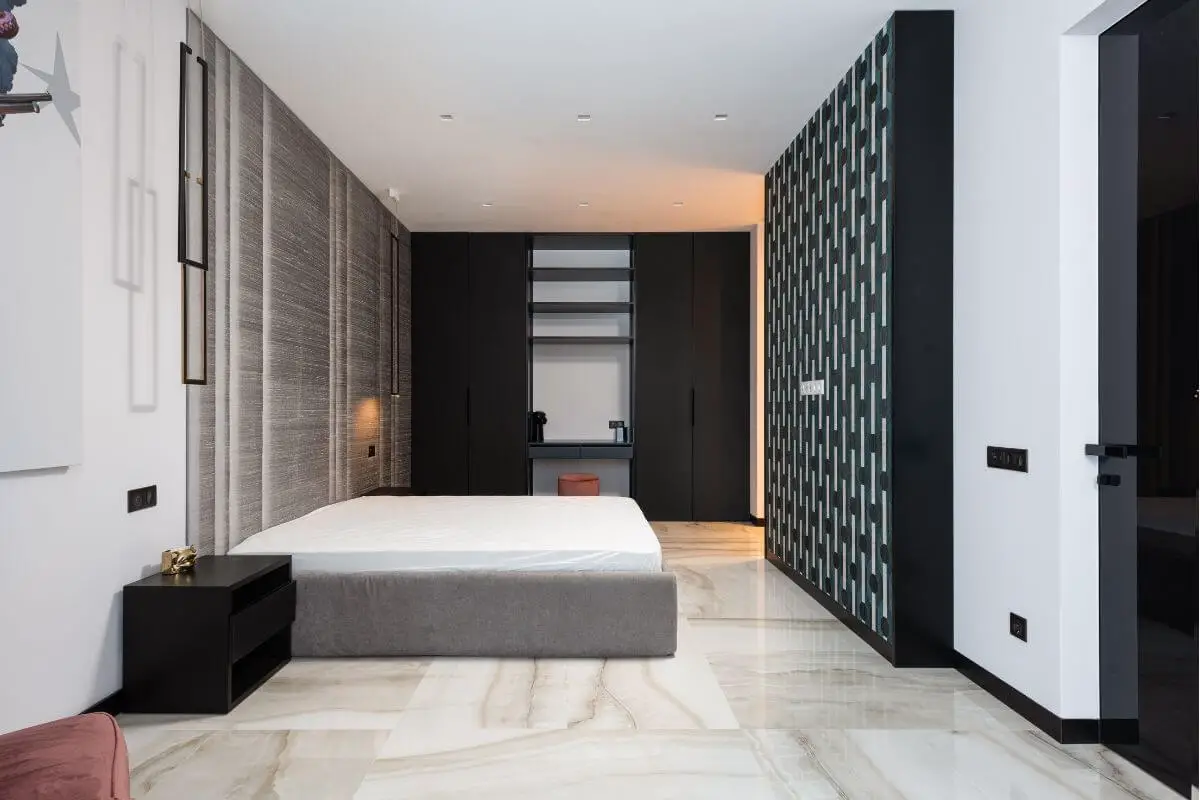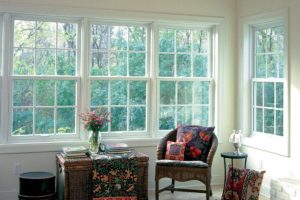Introduction
Choosing the perfect white paint color for your walls can be a daunting task. With numerous options available, it’s important to find a shade that complements your space and meets your aesthetic preferences. Two popular white paint colors often considered are Simply White and Alabaster. In this article, we will compare and contrast Simply White and Alabaster, helping you make an informed decision when it comes to selecting the ideal white for your home.
What is Simply White?
Simply White is a warm white paint color that belongs to the off-white category. It is part of the Benjamin Moore collection and is known for its versatility and ability to create a clean and crisp look. Simply White has a soft undertone of yellow, giving it a warm and inviting feel. It works well in both traditional and contemporary settings.
What is Alabaster?
Alabaster is a popular white paint color from Sherwin-Williams. It is a warm white with a slight undertone of beige or greige. Alabaster is known for its soft and creamy appearance, providing a cozy and welcoming ambiance to any space. It is a versatile color that works well with various design styles, from modern to farmhouse.

Undertones and Color Characteristics
The undertones of Simply White and Alabaster set them apart and contribute to their unique characteristics. Simply White has a subtle yellow undertone, adding warmth to the color. It can help create a cozy and inviting atmosphere. On the other hand, Alabaster has a hint of beige or greige undertone, giving it a softer and more neutral appearance. The undertones of Alabaster make it a versatile choice that can blend well with different color schemes.
Brightness and Light Reflectance
When it comes to brightness and light reflectance, both Simply White and Alabaster perform well. Simply White has a slightly higher light reflectance value, making it appear brighter and crisper in well-lit spaces. Alabaster has a lower light reflectance value, which contributes to its softer and more subdued look. However, both colors can create a sense of brightness and openness in a room.
Versatility and Compatibility
Both Simply White and Alabaster are highly versatile and compatible with various design styles and color schemes. Simply White works well with warm tones, such as earthy browns and golds, while also complementing cooler tones, like blues and grays. Alabaster’s neutral undertones make it a versatile option that can seamlessly blend with both warm and cool colors. It pairs well with natural materials and textures, enhancing their beauty.
Aesthetic Effects
Simply White and Alabaster offer different aesthetic effects when applied to walls. Simply White tends to create a clean and fresh look with its warm undertone, making it suitable for creating a modern or minimalist aesthetic. It can make a room feel bright and airy. Alabaster, with its softer undertone, imparts a sense of warmth and coziness to a space. It has a timeless and classic appeal, making it well-suited for traditional or rustic aesthetics.
Choosing Between Simply White and Alabaster
Choosing between Simply White and Alabaster depends on your personal preferences, the style of your space, and the ambiance you wish to create. Consider the existing elements in the room, such as furniture, flooring, and lighting. Test samples of both colors on your walls to observe how they interact with the surroundings and lighting conditions. Ultimately, select the color that best aligns with your vision and enhances the overall atmosphere of the room.
Conclusion
Simply White and Alabaster are both popular choices for white paint colors that can transform the look and feel of a space. Simply White brings warmth and brightness with its subtle yellow undertone, while Alabaster offers a soft and versatile appearance with its beige or greige undertone. Consider the undertones, brightness, versatility, and aesthetic effects of each color to make an informed decision that suits your personal style and desired ambiance.
FAQs
1. Can I use Simply White or Alabaster in a small or dark room?
Yes, both Simply White and Alabaster can work well in small or dark rooms. Simply White’s brightness can help create a sense of openness, while Alabaster’s softness can add warmth and coziness. However, it’s important to consider lighting conditions and test samples to ensure the desired effect.
2. Can I use Simply White or Alabaster for trim or ceilings?
Yes, both Simply White and Alabaster can be used for trim or ceilings. Their versatility allows them to complement various wall colors and create a cohesive look.
3. Are Simply White and Alabaster suitable for exterior use?
Yes, both Simply White and Alabaster can be used for exterior applications. However, it’s important to consider the architectural style and surroundings of the home to ensure the desired effect.
4. Do Simply White and Alabaster work well with other colors?
Yes, both Simply White and Alabaster are versatile colors that can work well with various color schemes. Simply White pairs well with warm and cool tones, while Alabaster blends seamlessly with warm and cool colors.
5. Can I use Simply White or Alabaster for furniture or cabinetry?
Yes, both Simply White and Alabaster can be used for furniture or cabinetry. They can provide a clean and timeless look, enhancing the overall aesthetic of the space.



